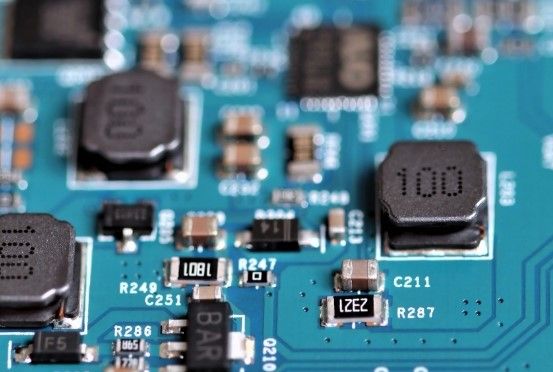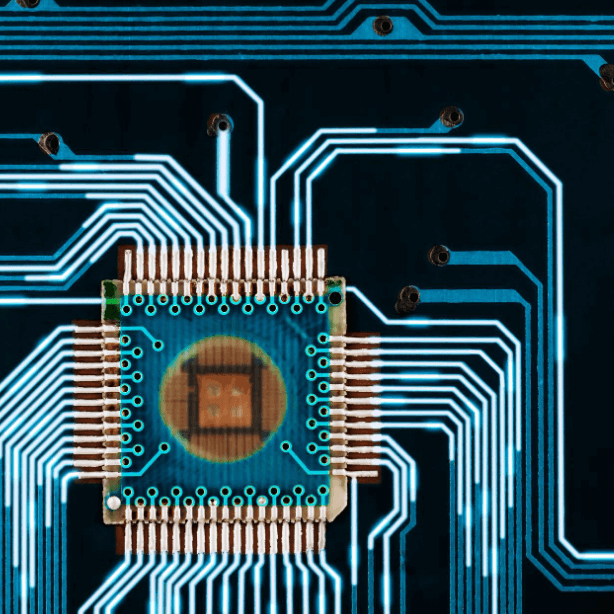What is SystemVerilog?
SystemVerilog is the most transformative technology in EDA since the birth of logic synthesis. It is commonly used in the semiconductor and electronic design industry as an evolution of Verilog. SystemVerilog is a combination of both Hardware Description Language (HDL) and Hardware Verification Language (HVL) and combined termed HDVL. It describes the structure and behavior of electronic circuits as well as verifies the electronic circuits written in a Hardware Description Language. System Verilog acts as a superset of Verilog with a lot of extensions the to Verilog language. In 2005, System Verilog was adopted as IEEE Standard 1800-2005.[2] In 2009, the standard was merged with the base Verilog (IEEE 1364-2005) standard, creating IEEE Standard 1800-2009. The current version is IEEE standard 1800-2017.
Why is SystemVerilog important?
SystemVerilog provides Assertion Based Verification and Coverage Driven Verification. These methods improve the verification process. System Verilog also provides enhanced hardware-modeling features, which improve the RTL design productivity and simplify the design process.
SystemVerilog is finding practical applications in the areas of concise and productive RTL coding, Assertion Based Verification, and building coverage-driven verification environments.
How to prepare for the SystemVerilog Interviews?
SystemVerilog Interviews are based on the SystemVerilog concepts and SystemVerilog tool knowledge.
After you are trained with the SystemVerilog concepts, you need to make sure that you have more hands-on experience with the different SystemVerilog tools.
Hands-on knowledge in **Sys
What is expected from the SystemVerilog Interviews?
The interviewer checks your SystemVerilog concepts in ATPG, Scan chain, Boundary scan, MBIST, etc. They also expect you to be hands-on with the System Verilog tools. You should be aware of the following test scenarios:
- DRC violations analysis and fixing the same
- Simulation mismatch debug
Learning programs for SystemVerilog
Code coverage measures how much of the code has been executed (statement, branch, expressions in the RTL code).
Learn more: Is it worth learning SystemVerilog in college itself?
A virtual class is a class for which an instance or object cannot be constructed but you can define the handle to the virtual class. They are used to create code that can be shared across multiple projects Pure virtual methods can be defined as templates in the virtual class. Basically, it forces all extended classes to implement the functions.
Reg - 4 state data type. Reg is a data storage element. It’s not an actual hardware register but it can store values. Register retains their value until the next assignment statement. The register variables can be driven or assigned with values inside the procedural blocks like initial or always. The default value of the reg variable is "x". Wire - 4 state data type. The wire data type is used in the continuous concurrent assignments or port list. It is treated as a wire because it cannot hold or store a value. It can be driven and read. The default value is "z". Logic - 4 state data type, similar to reg. The main difference between logic datatype and reg/wire is that logic can be driven in continuous assignment statements or inside the procedural block. The default value is "x"
Modules instances are created at compile time. They exist from time 0 until the simulation ends. Hence we cannot change the behavior or the TB architecture and cannot be reused. Class instances can be created and deleted during simulation. Hence we can configure the TB architecture which can be reused.
We use to create () method because, if any overrides are registered with the factory, the create method returns an object of override type. So, basically, we get the child object on the parent handle if overrides are registered. Whereas the new () method returns the object of the type it's being called on. With the call for function new, though overrides are registered, the parent object will be created always.
The queue is an unpacked array that grows & shrinks automatically. It can be used to model FIFO and LIFO. We can insert & delete the elements from the first, last & between also. Mailbox is a higher-level concept that is built around a combination of queues and semaphores. If you have only one process reading and writing to the data structure, there is no need to use a mailbox. However, if there is more than one thread, a mailbox is a convenient class to use because of blocking methods put & get.
UVM phases are initiated by calling run_test from the top module. run_test first creates an instance of the test class & initiates all phases sequentially.
Assertions will help us to validate the behavior and identify the bugs in a design that works with a well-defined protocol in a quick and automated way instead of spending more time in analyzing the waveforms
Polymorphism is the ability to have the same code act differently based on the type of object it's working with. It allows the base class handles to invoke methods of its child class which has the same name.
SystemVerilog interface is static in nature, whereas classes are dynamic in nature, because of this reason, it is not allowed to declare the interface within classes, but it is allowed to refer to or point to the interface. A virtual interface is a variable of an interface type that is used in classes to provide access to the interface signals. Virtual interfaces provide a mechanism for separating abstract models and test programs from the actual signals that make up the design. A virtual interface allows the same subprogram to operate on different portions of a design and to dynamically control the set of signals associated with the subprogram. Instead of referring to the actual set of signals directly, users are able to manipulate a set of virtual signals. Changes to the underlying design do not require the code using virtual interfaces to be rewritten. By abstracting the connectivity and functionality of a set of blocks, virtual interfaces promote code reuse.
Conclusion
SystemVerilog has several key advantages that involve standardization, performance, and adoption by engineers. Anyone who wants to pursue a career in Verification must learn and master SystemVerilog by practicing the SystemVerilog interview questions to augment the productivity as well as the quality of the designs and make the Verification fly. These SystemVerilog interview questions and answers will help you prepare well for the Verification job roles and bag a good VLSI job opportunity.
More VLSI Interview Questions




